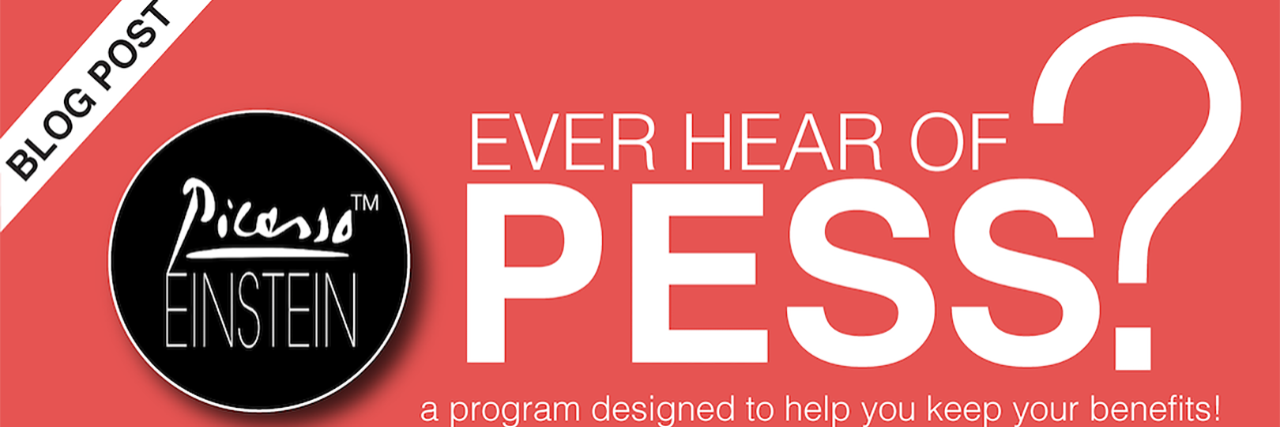As you know, there are a million acronyms in the world of disabilities so, what does PESS stand for? Property Essential to Self-Support. Now that we’ve clarified that, let us tell you about this wonderful program.
Often we find that parents, professionals and educators are unfamiliar with the Social Security Administration (SSA) program called PESS, simply because it is an incentive rarely applicable when one is solely focused on traditional employment. PESS is designed specifically for those choosing self-employment as their path to meaningful work. To increase the probability of an individual returning to the workforce. via self-employment, the SSA implemented PESS.
What is PESS? How does it help someone who is or is planning on being self-employed?
If entrepreneurs had to stay within the $2,000 (single)/$3,000 (married) resource limit, including their business assets, it would be impossible to have a successful business. However, PESS allows any property, equity, or resources owned by the business, including liquid assets, to be excluded from counting against your personal resource limit if the business assets/resources are in current use and the business is structured as a sole proprietorship or simple partnership. That in itself makes PESS a pretty remarkable program, but there’s more.
What additional perks does the PESS program have?
PESS allows entrepreneurs that require SSI and Medicaid benefits to accumulate wealth without using an ABLE account.
For individuals who are self-employed, SSA will not look at the gross profits of the business but rather it will look at the “net earnings from self-employment” (NESE). In the initial year of business operations, you will be required to provide SSA with an estimate of your projected net profit and the SSI cash benefit will be adjusted over the course of the year based on these projections. It’s important to provide an accurate initial estimate, if possible. Based on your profit from the first year of business, you project your NESE for the following year and you continue to do this annually thereafter.
It’s important to note that the SSI cash benefit is adjusted based on the NESE and not how much money the business owner actually draws from the account. It is customary for business owners to leave some of their profit in the business account to cover those “rainy days” when business is slow.
Let’s consider the following example:
Vanessa is a young woman with autism and she recently started a pet sitting business called Wag & Whiskers. Vanessa projected her NESE to be $14,000 in 2017. During that year, Vanessa draws a total of $1,200 to cover her taxes and she draws $600/month (an annual total of $7,200) for her living expenses. Since her SSI cash benefit was already adjusted based on her projected NESE and she already paid her business taxes, she has $5,600 ($14,000 – $1,200 – $7,200) remaining from her profit that is being held in her Wag & Whiskers business account. This money would now be considered Vanessa’s equity in the business. What if Vanessa would continue to do this over a period of five years? She would be able to accumulate $28,000 of her own money and use the money as needed over time. If she did this over a period of 10 years she would have $56,000! If she did this for 15 years — you get the picture.
For an entrepreneur relying on SSI and Medicaid benefits, PESS is nirvana!
As always, we recommend you plan diligently. Do not make employment decisions that may impact your SSI/Medicaid benefits without doing your homework and consulting with an experienced benefits counselor. Visit the SSA Programs Operations Manual System (POMS) for more information.
This story originally appeared on Picasso Einstein.

